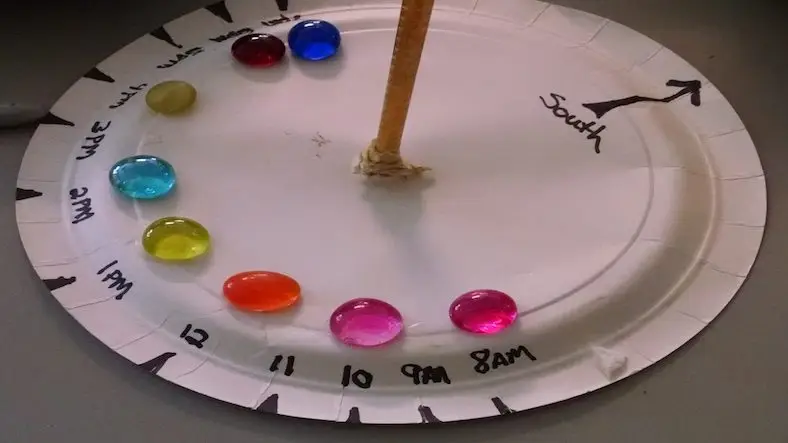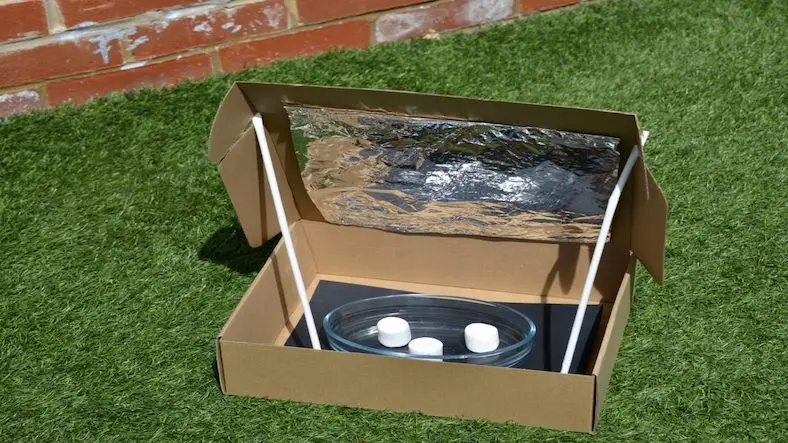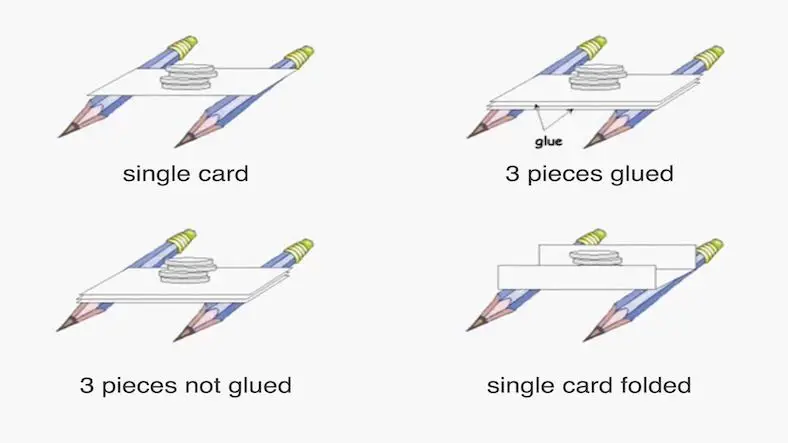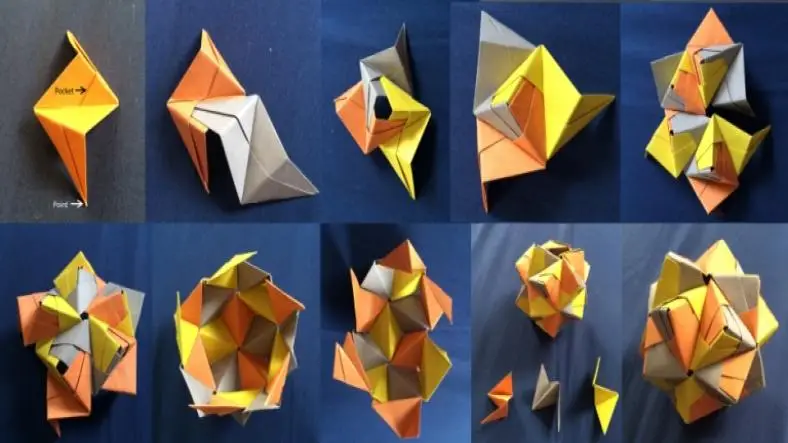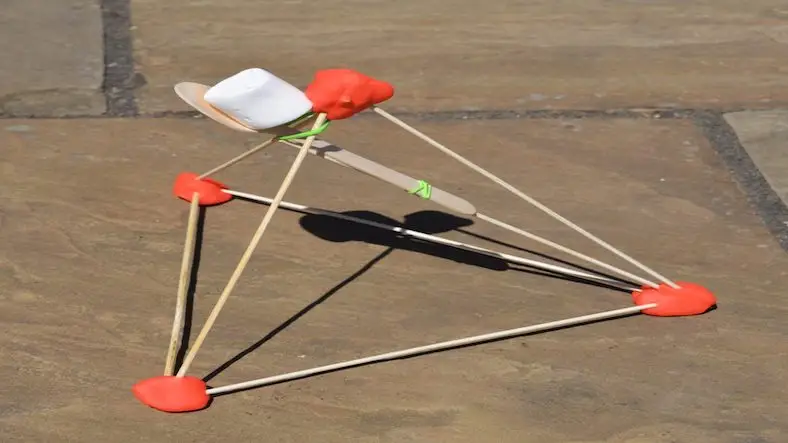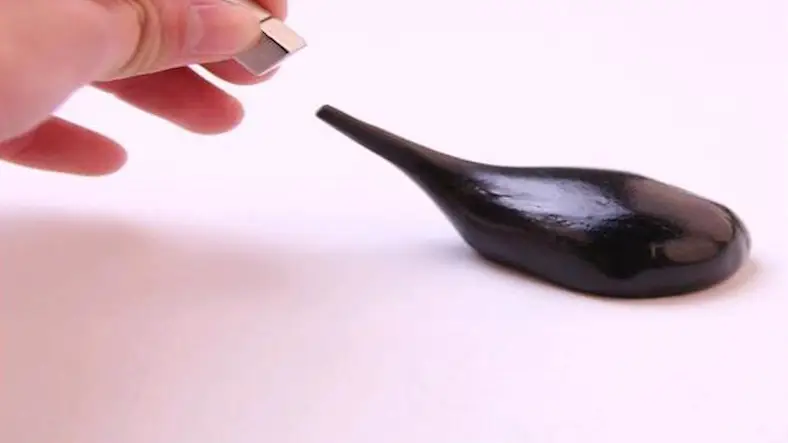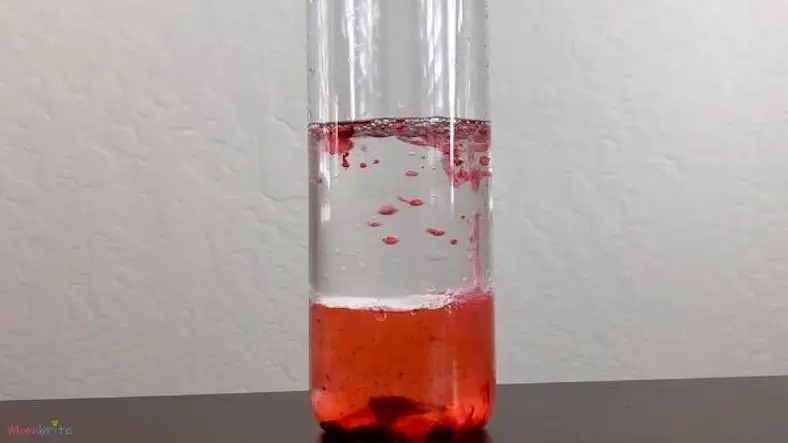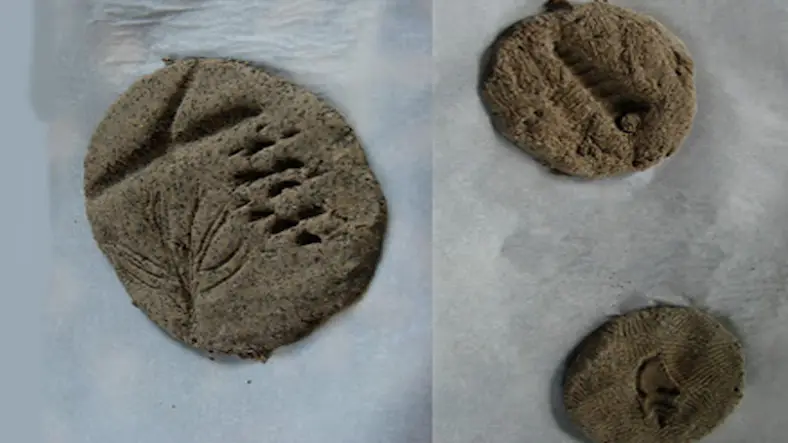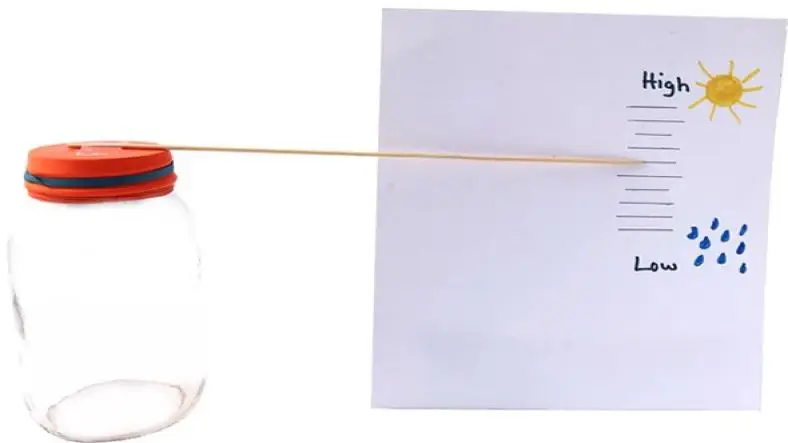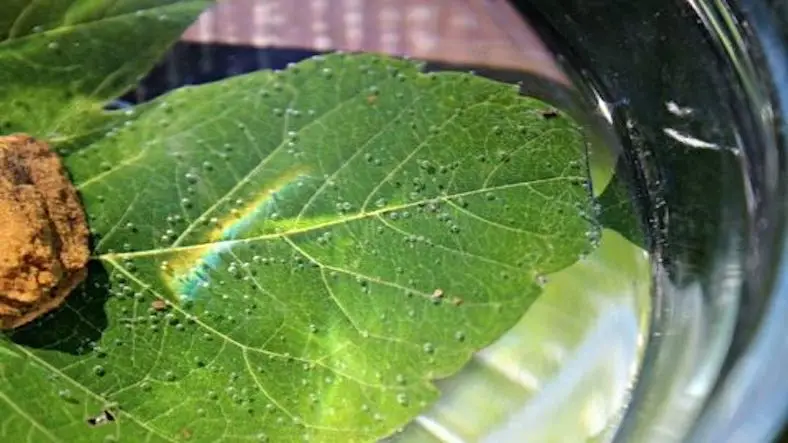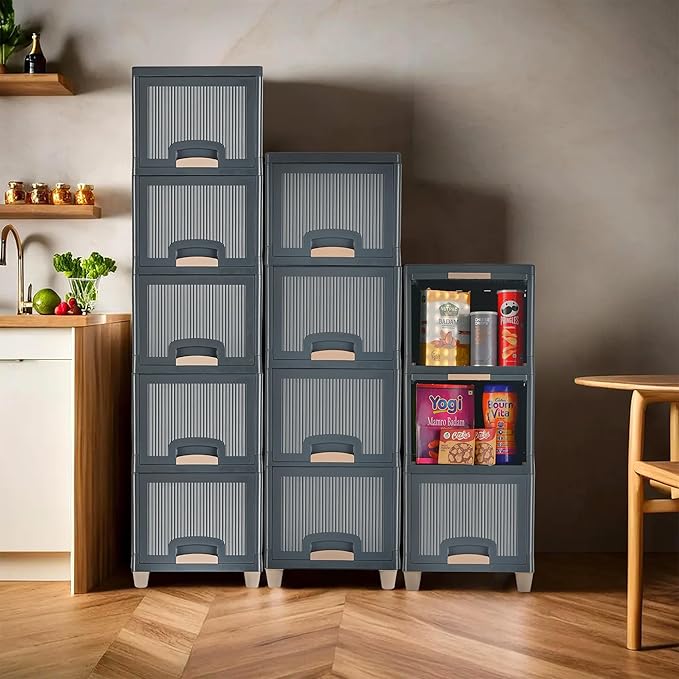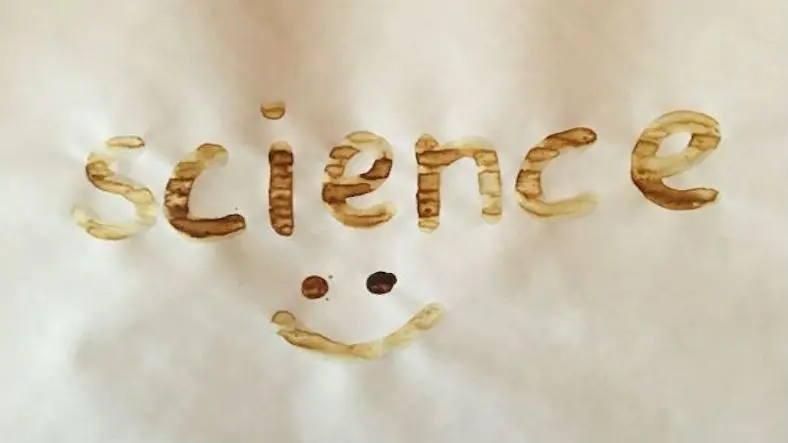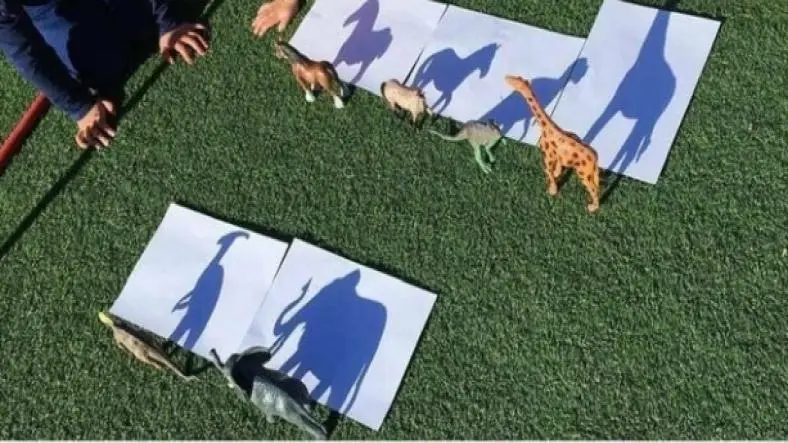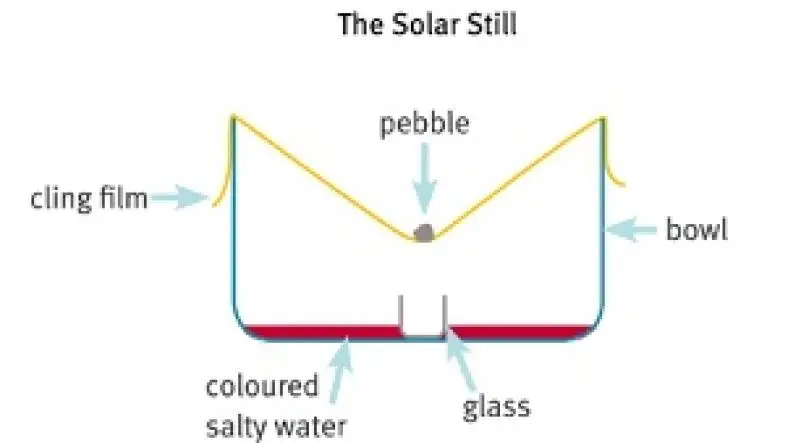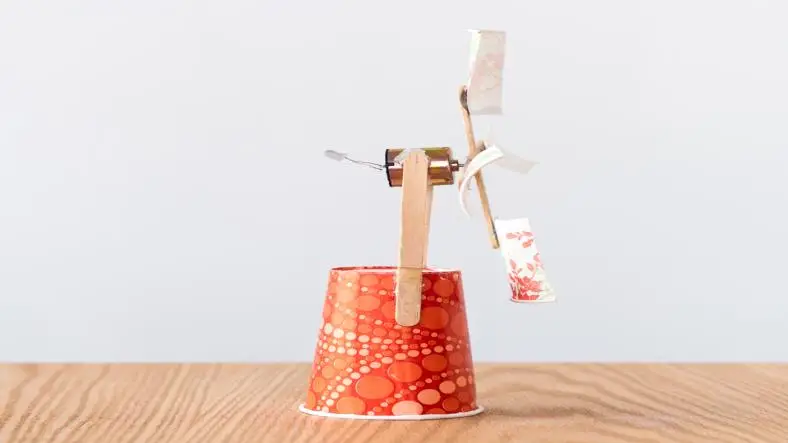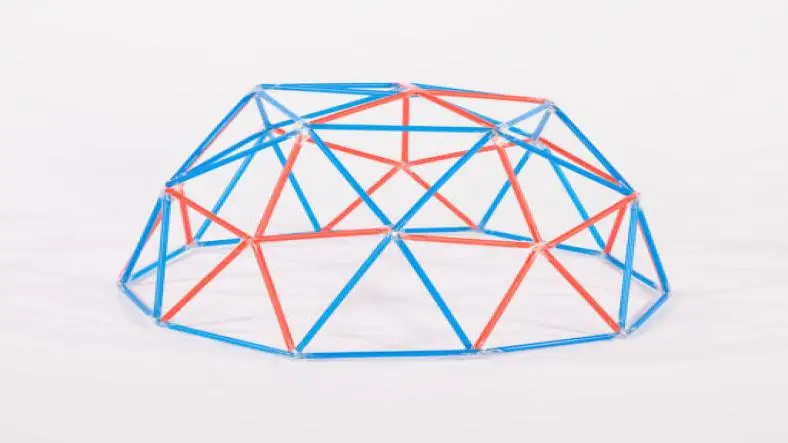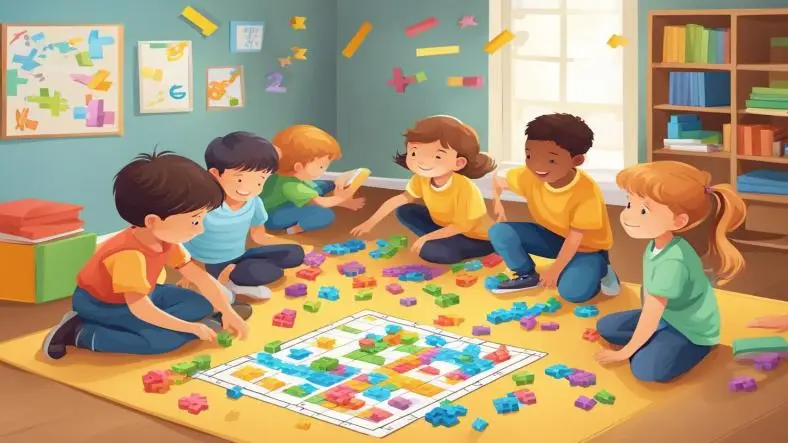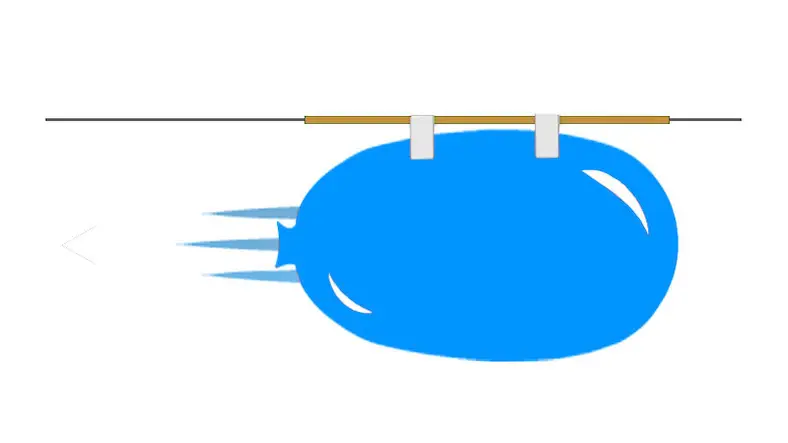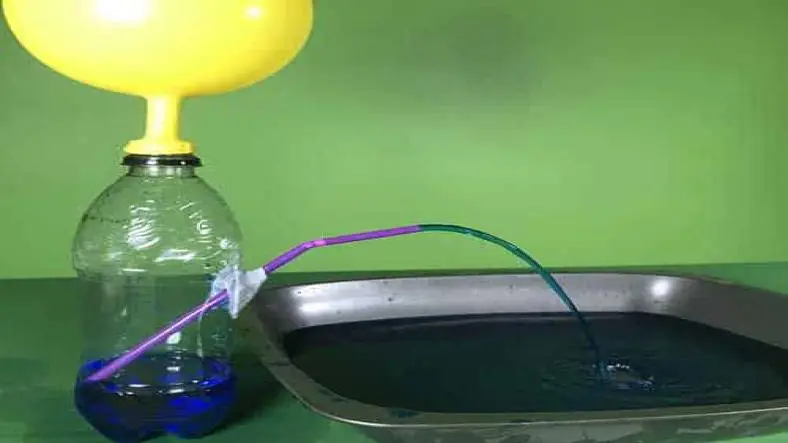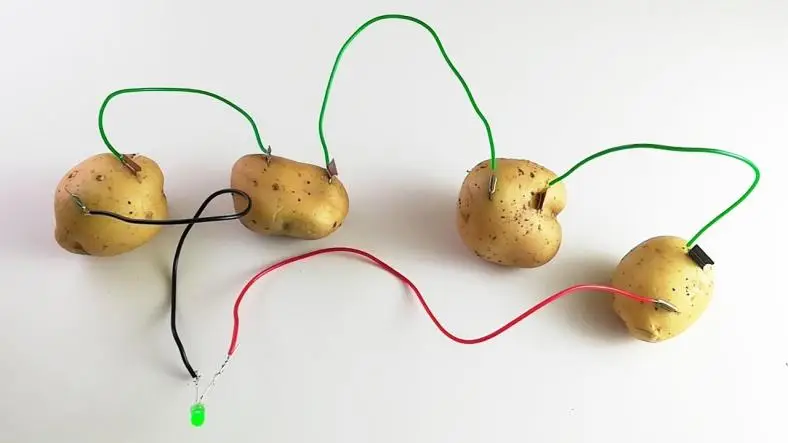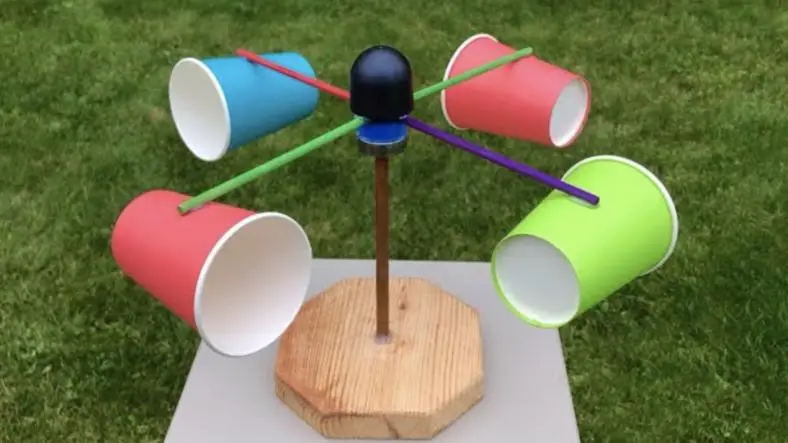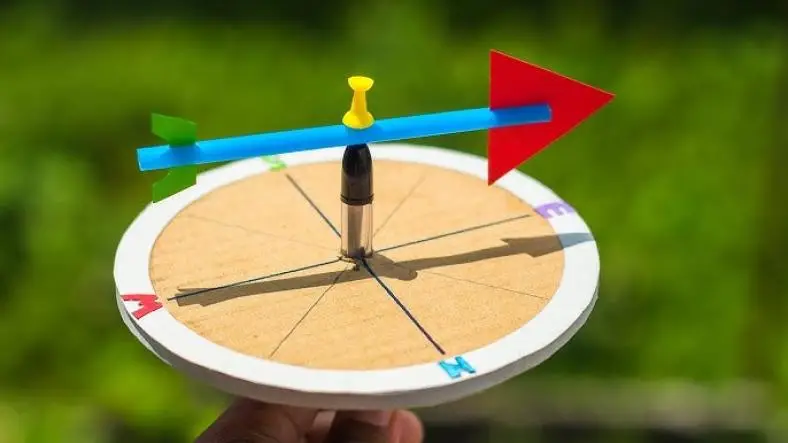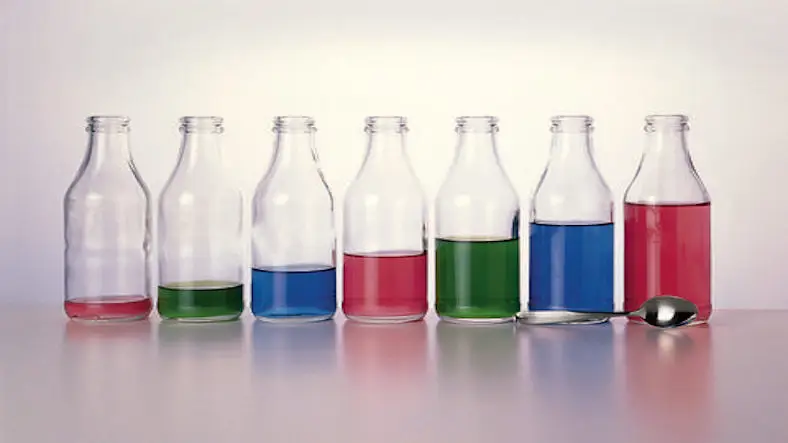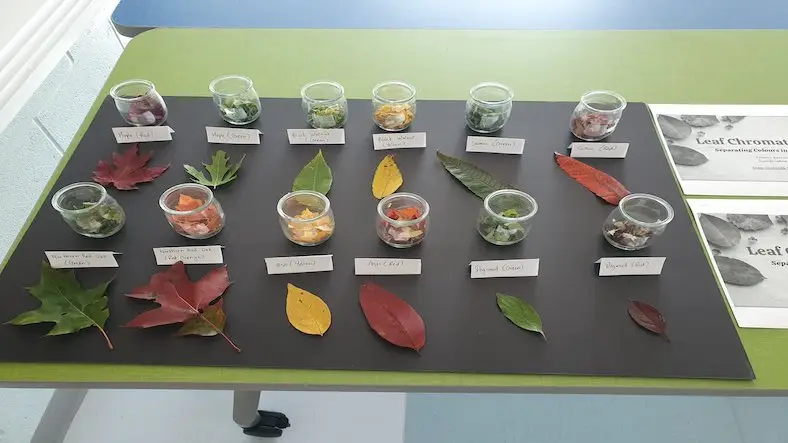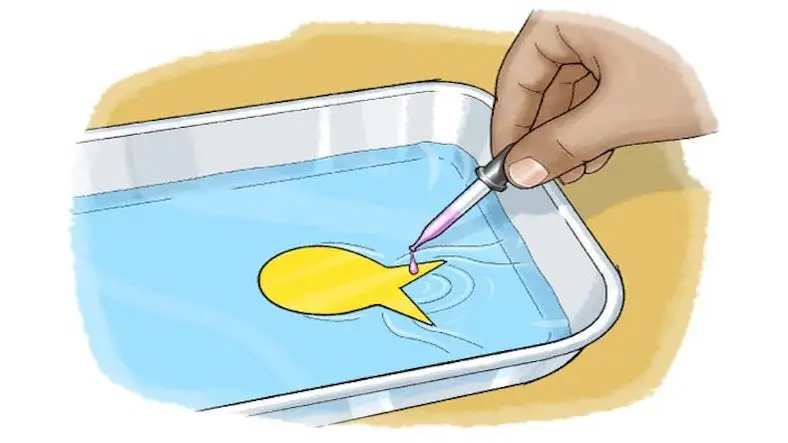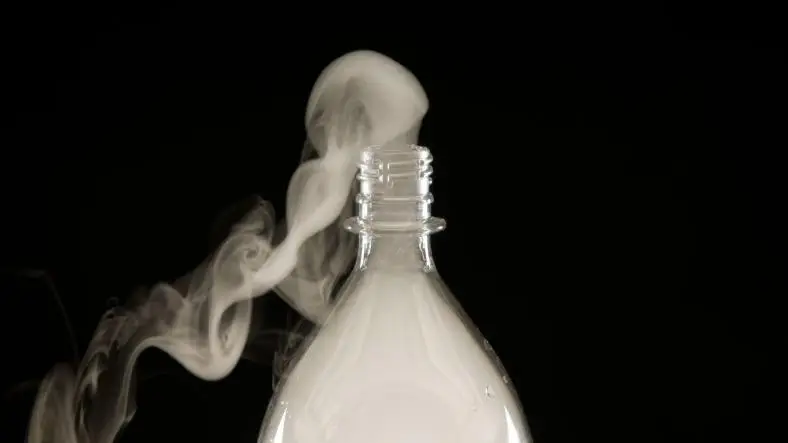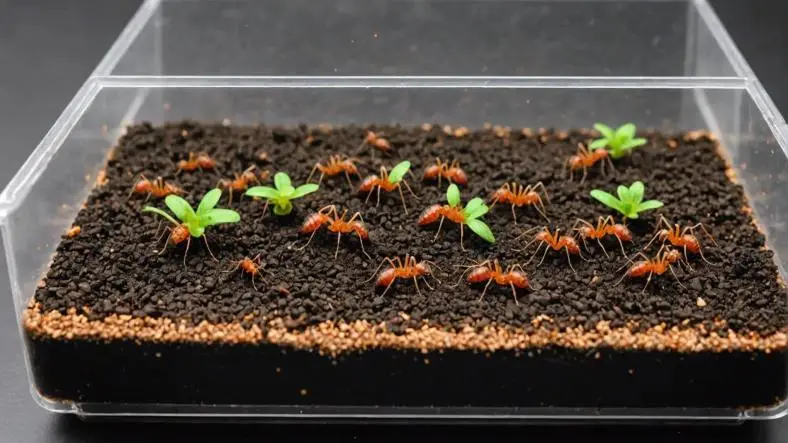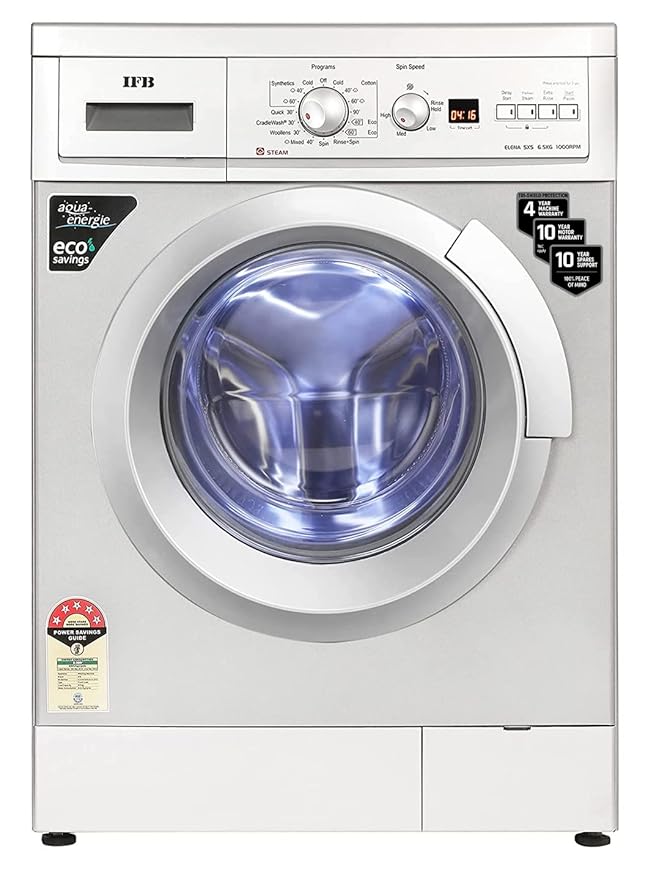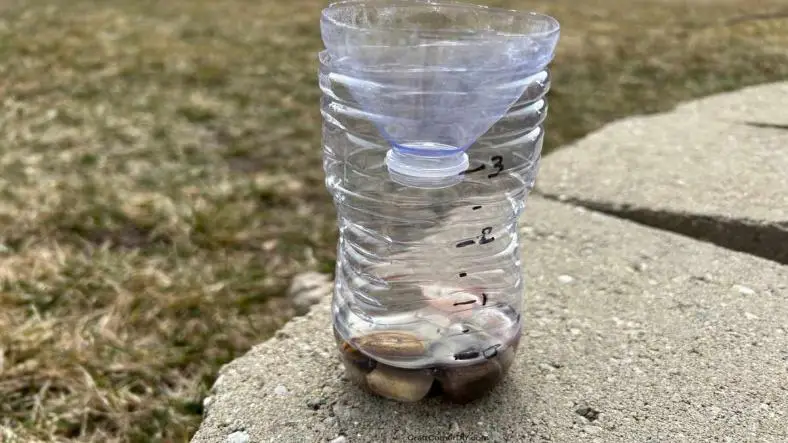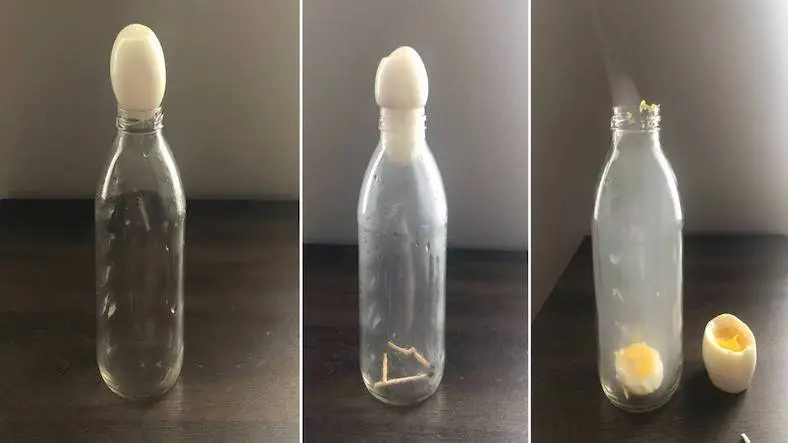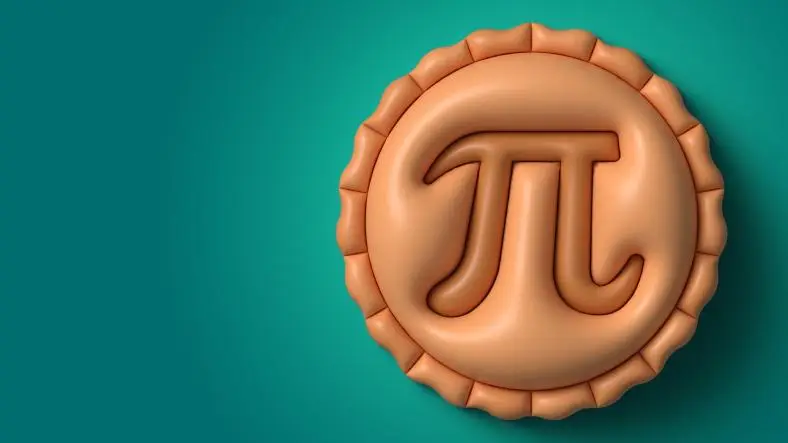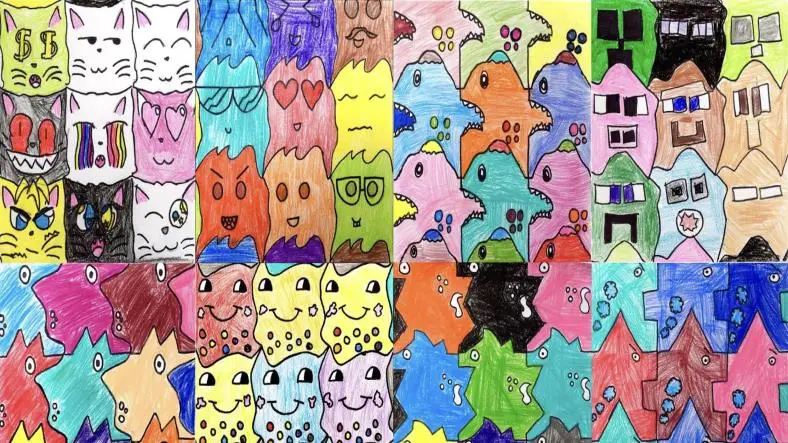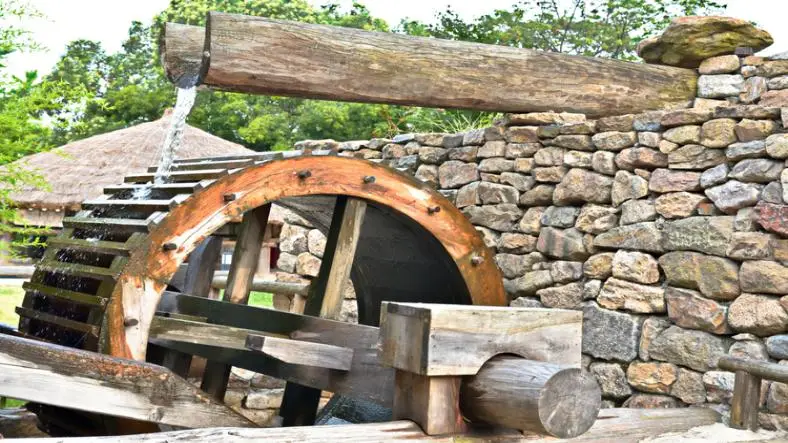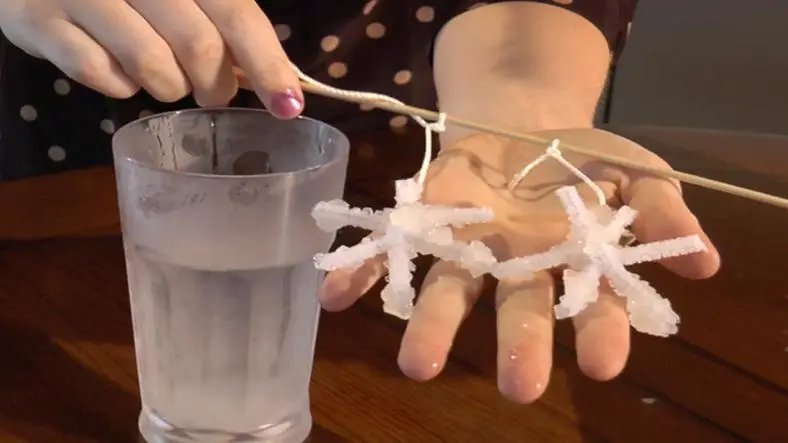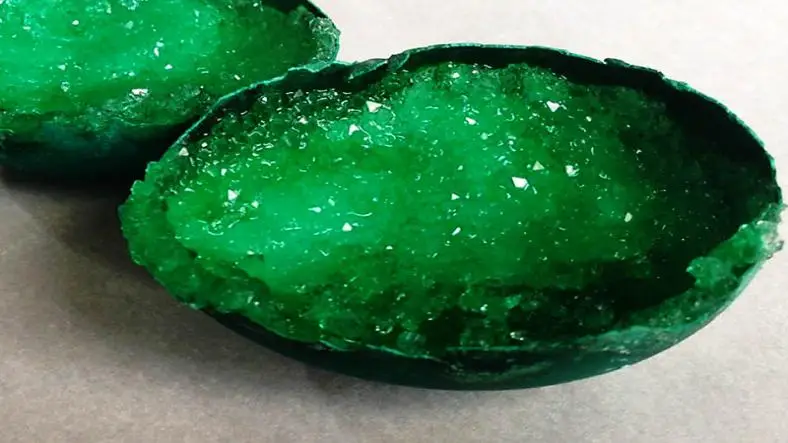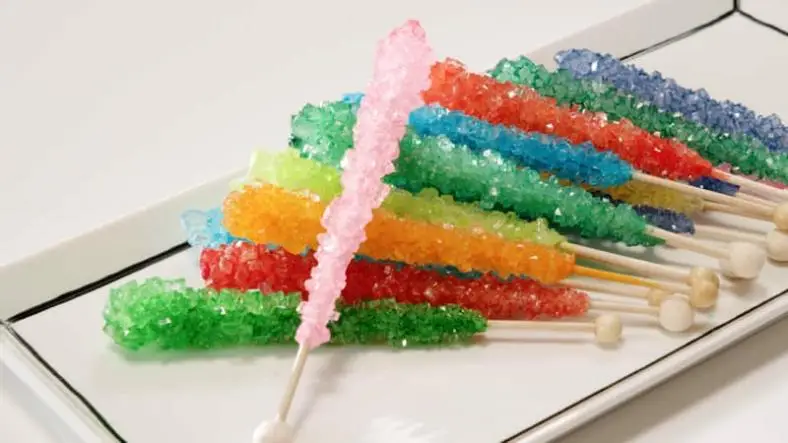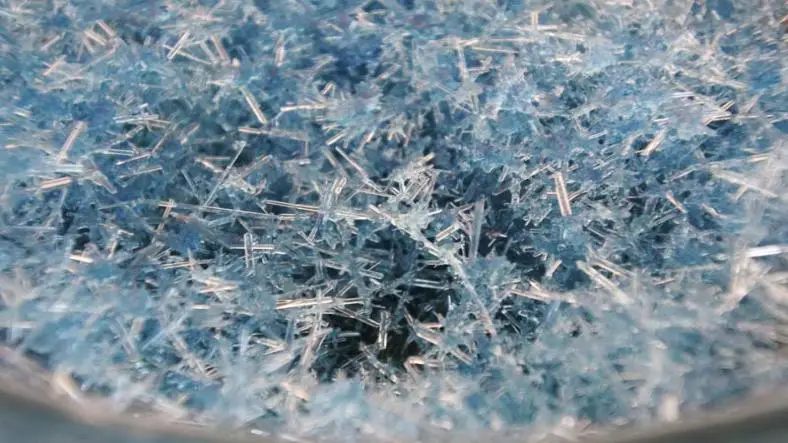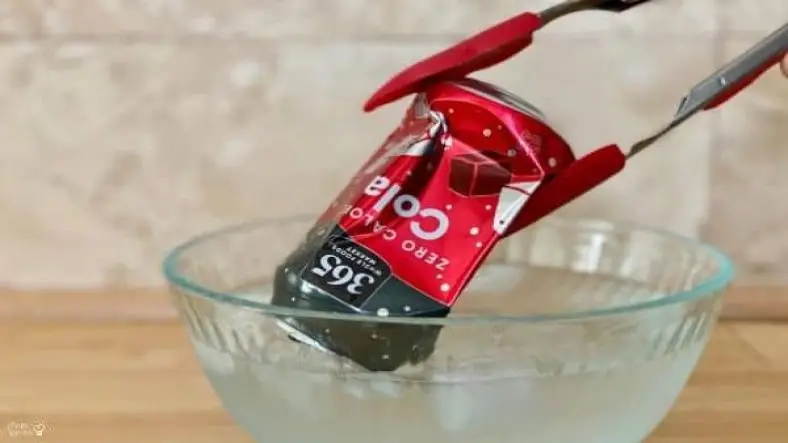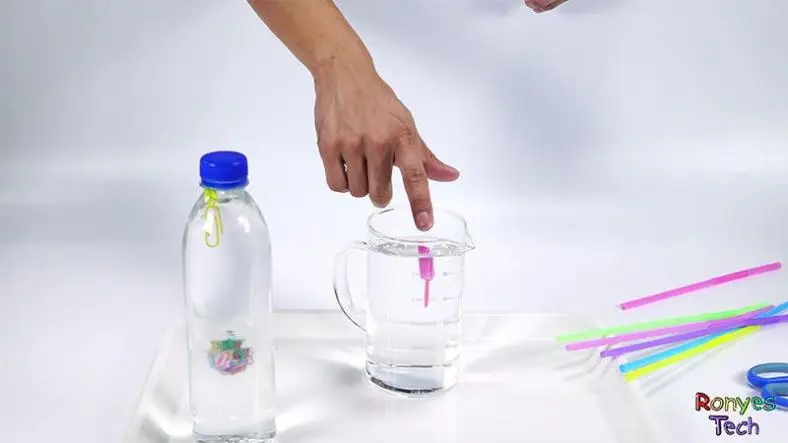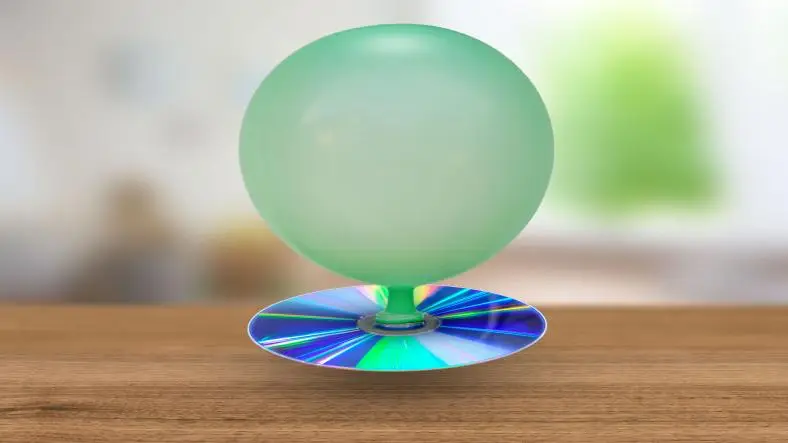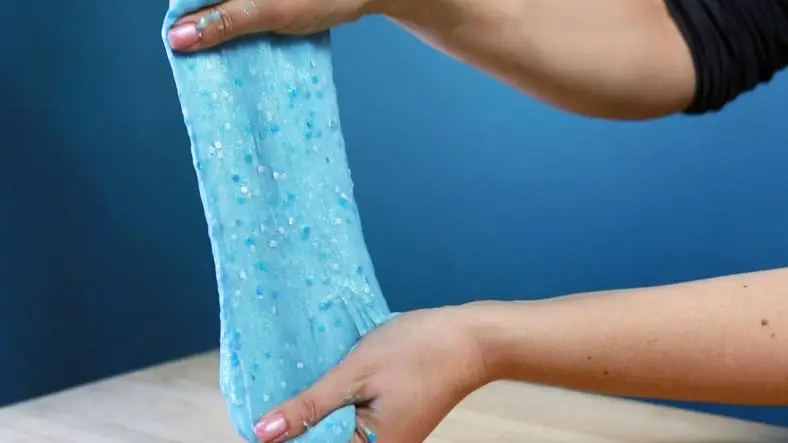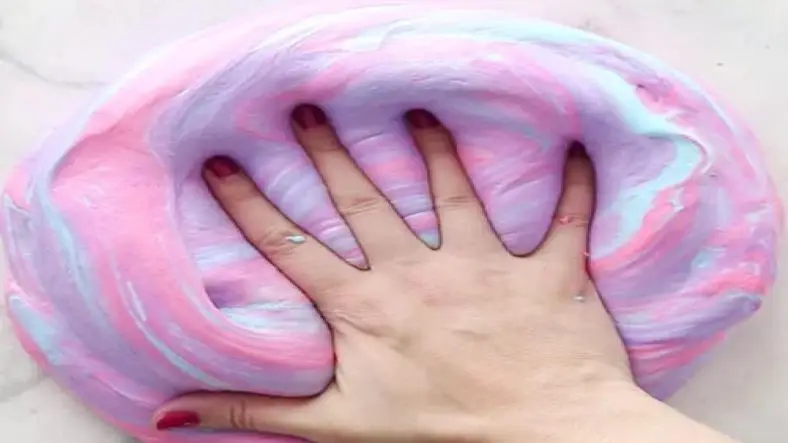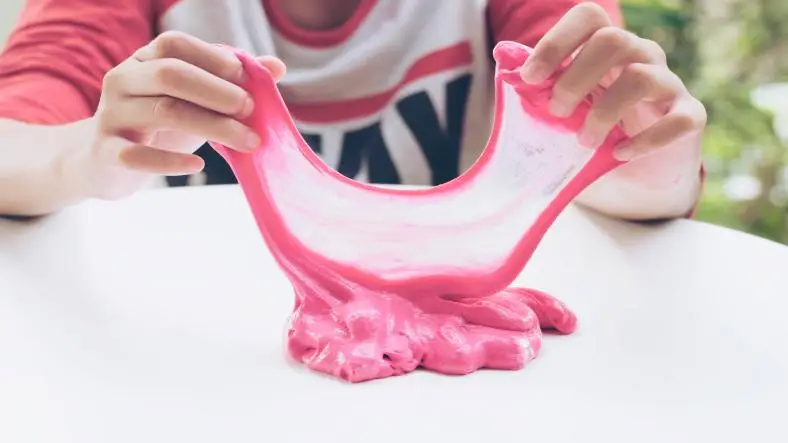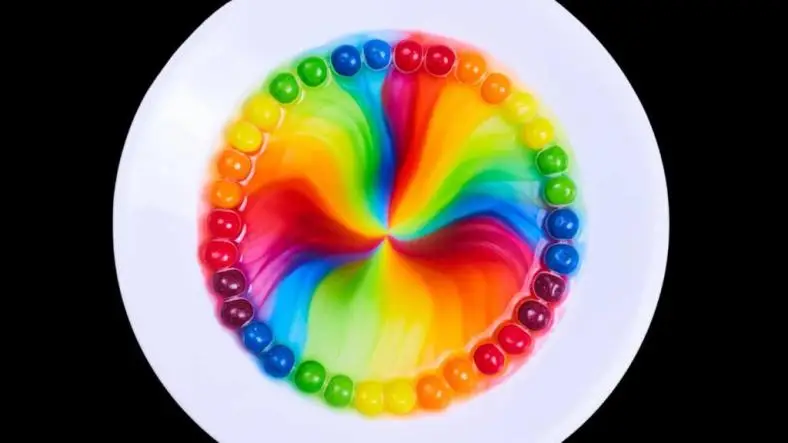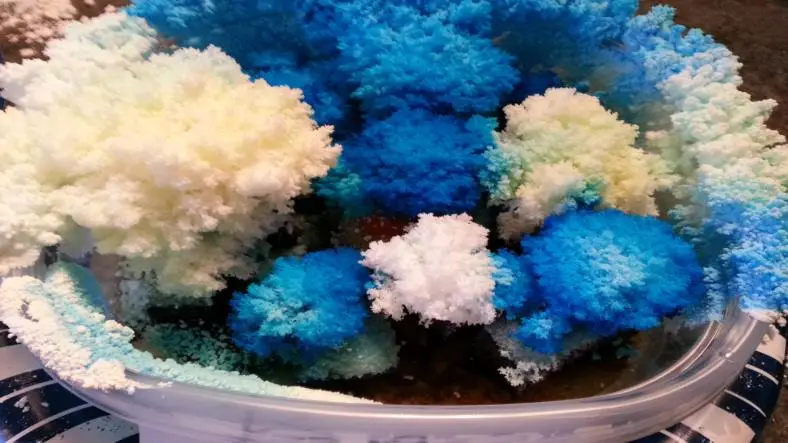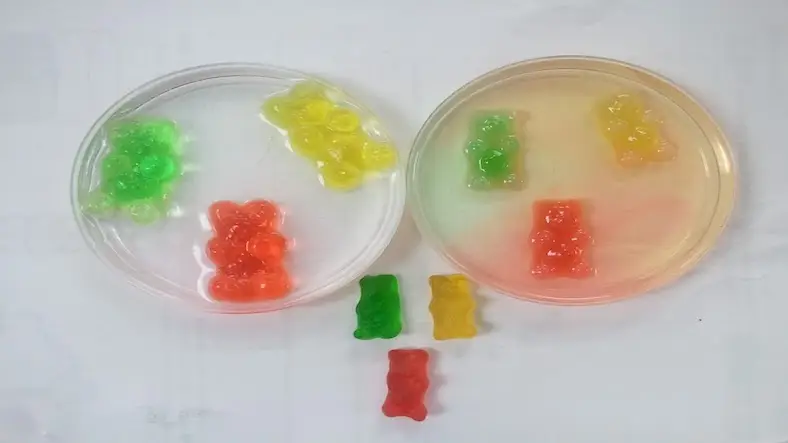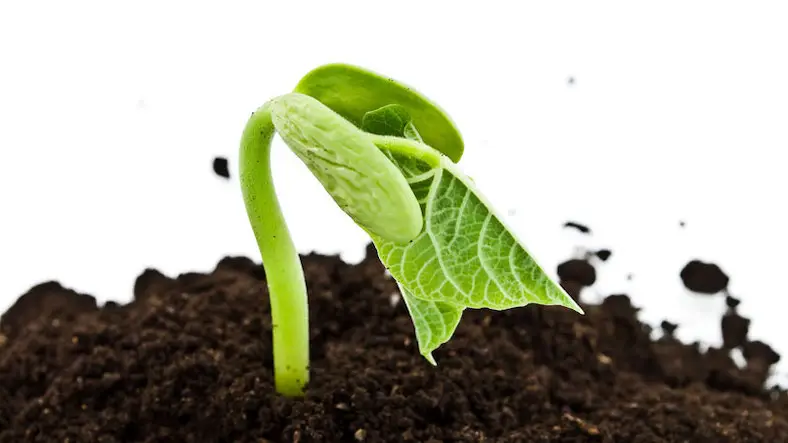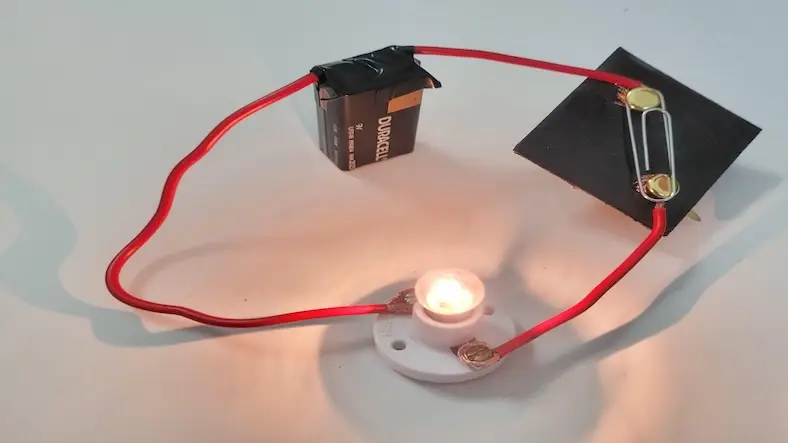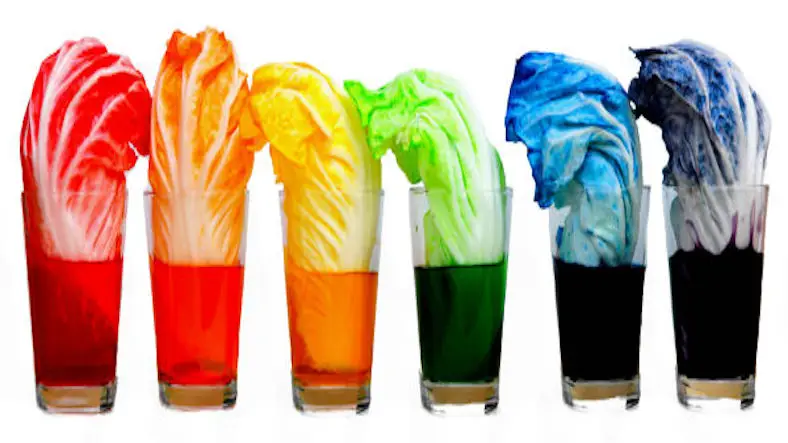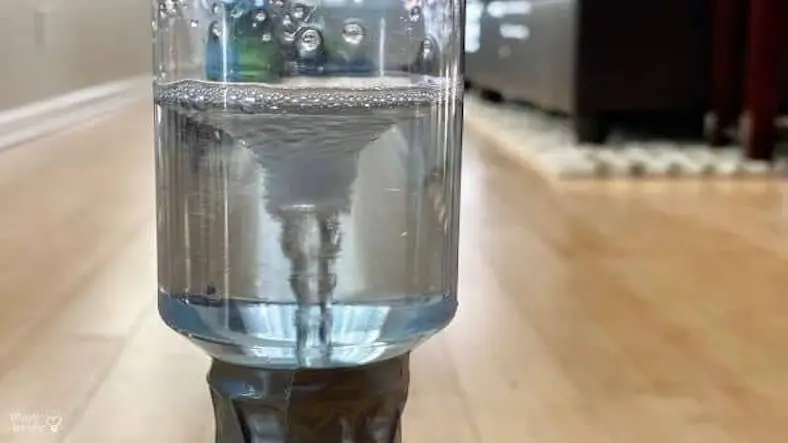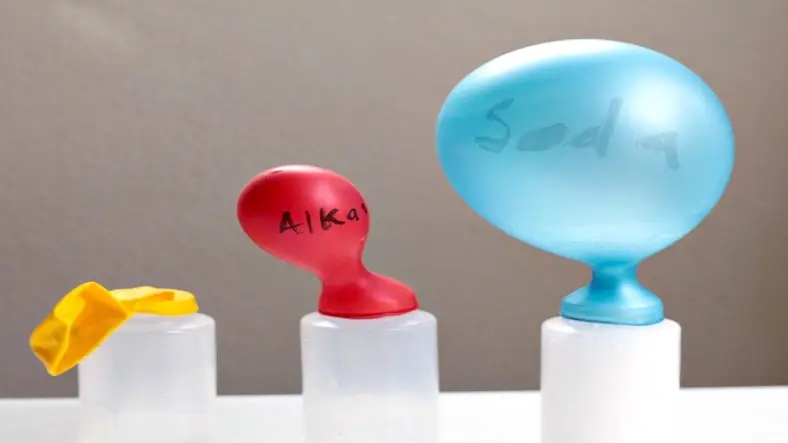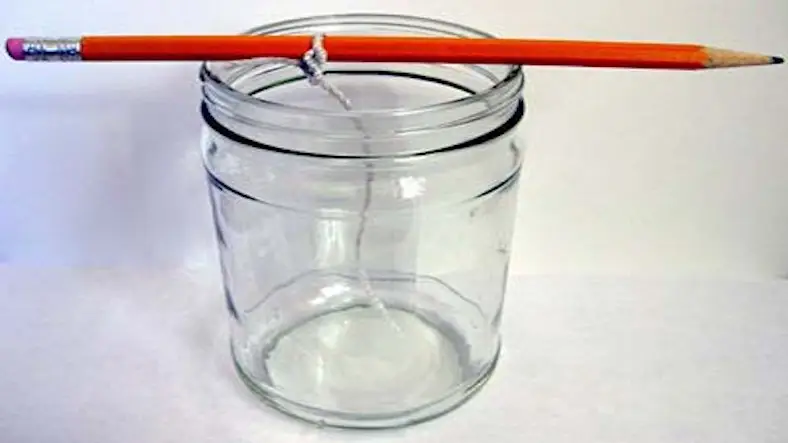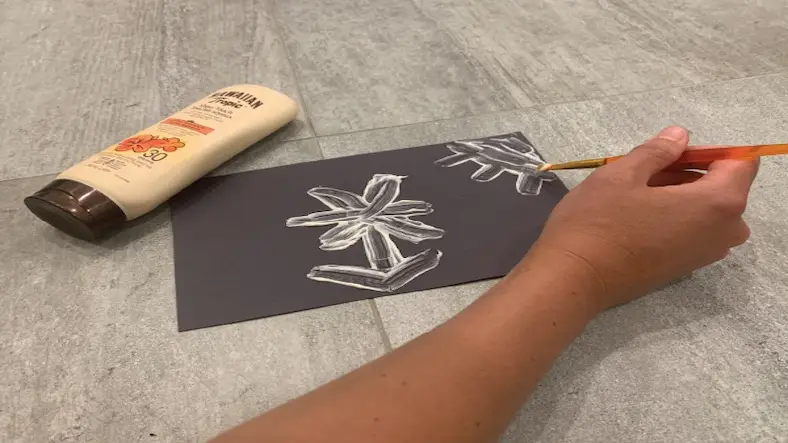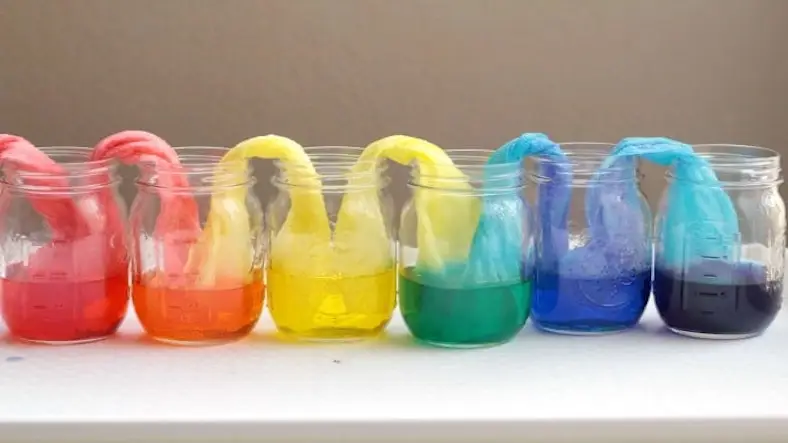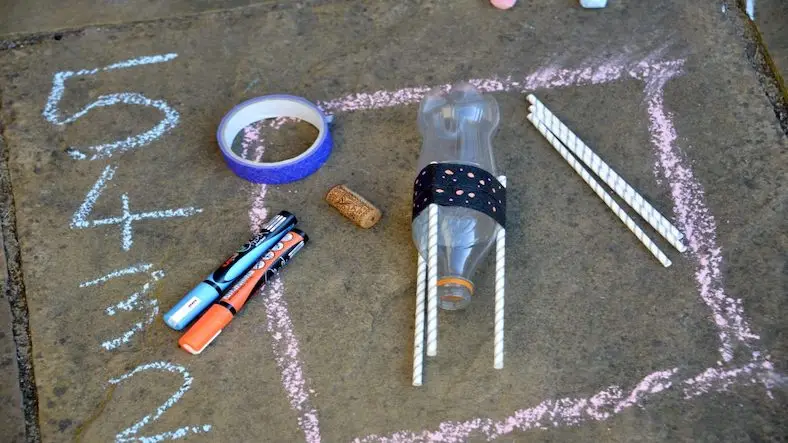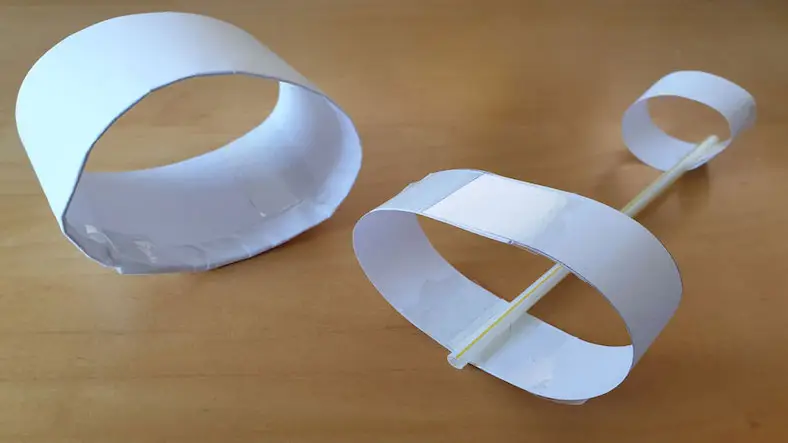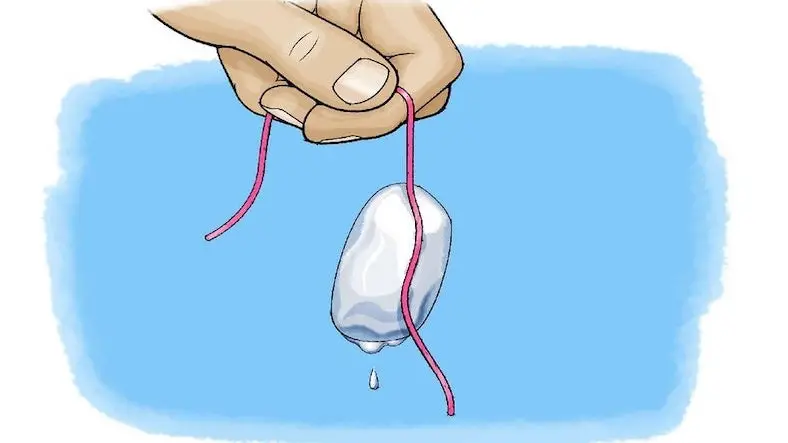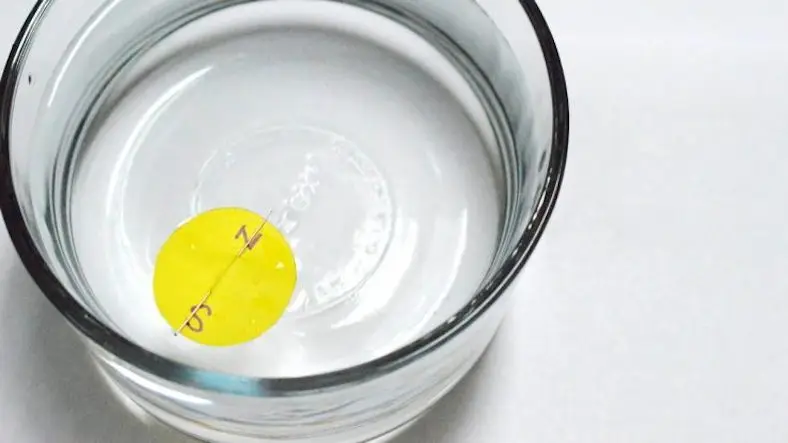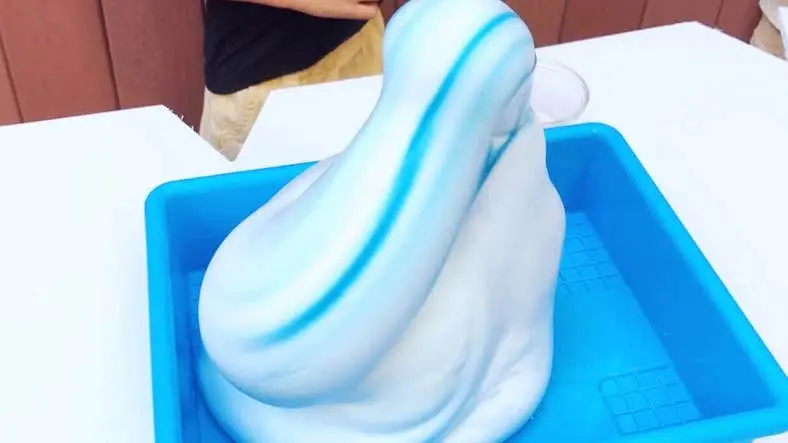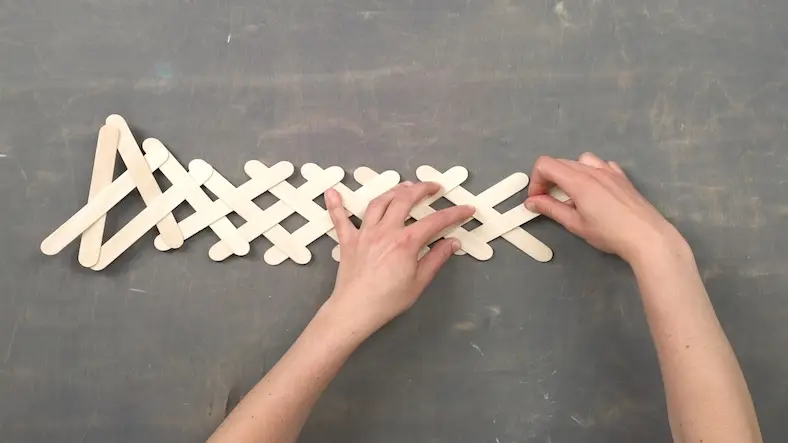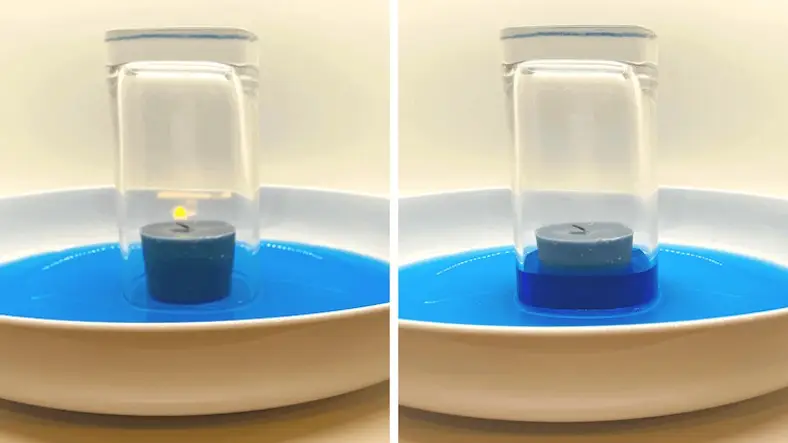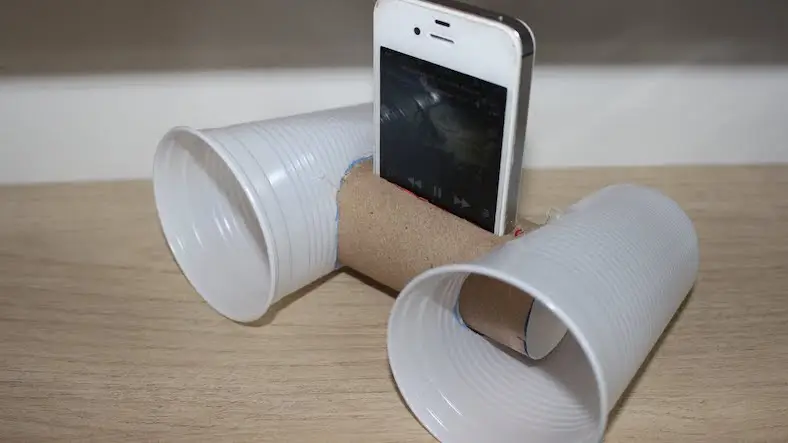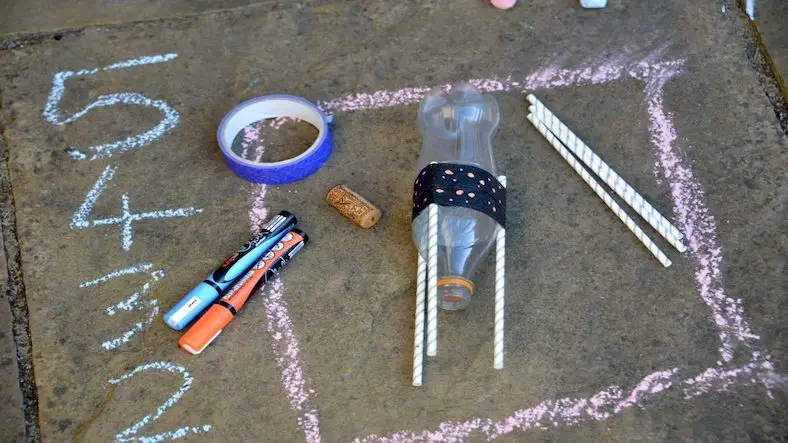Experiment
We didn't find any matches: , check your search and try again
How to Make a Sundial: A Simple Science Experiment for Kids to Learn How Shadows Tell Time
For thousands of years, people used the sun and shadows to tell time. Long before clocks and watches were invented, ancient civilizations relied on a simple tool called a sundial. A sundial uses the sun’s movement across the sky to create shadows, and these shadows help us estimate the time of day. In this fun and easy science activity, children will build their own sundial, observe how sha
Solar Oven Experiment for Kids: Cook with Sunlight Using a Simple DIY Solar Cooker
A solar oven is one of the most exciting science experiments children can try. It teaches them how sunlight can be converted into heat energy, how renewable energy works, and how simple materials can be used to cook real food. This hands-on project is safe, affordable and highly educational, making it ideal for school activities, science fairs, and home learning. In this detailed guide, you will
Paper Bridge Science Experiment for Children: Learn Engineering with Simple Materials
A paper bridge experiment is one of the simplest and most effective ways to teach children about engineering, structural strength, problem-solving, and creativity. Using only sheets of paper, scissors, and small objects for testing, children can explore how real bridges are designed and built. This fun science activity helps them understand how shapes, structures, and forces work in the real world
Origami Geometry: A Fun and Educational Science Experiment for Children
Origami, the traditional Japanese art of paper folding, is more than just a creative hobby. It is also an excellent way for children to learn and understand basic geometric concepts. When children fold paper into different shapes, they can clearly observe how geometry works in real life. This hands-on activity helps them understand shapes, angles, symmetry, proportions, and spatial thinking. This
Marshmallow Catapult: A Fun & Easy STEM Experiment for Kids
Science experiments become more exciting when children can build something with their own hands—and even launch a marshmallow across the room! A marshmallow catapult is a simple but powerful STEM activity that helps kids understand force, motion, energy, and projectile trajectory through play. In this article, you’ll learn how to make a marshmallow catapult at home using basic craft m
Magnetic Slime Experiment for Kids: A Fun Way to Learn About Magnetism & Chemistry
Magnetic slime is one of the most exciting and hands-on science experiments for children. It combines the fun of making slime with the magic of magnetism, allowing kids to explore how magnetic fields work in an enjoyable and interactive way. This simple activity helps children understand chemistry, physics, cause-and-effect, and scientific observation. Magnetic slime can stretch, move and crawl t
Homemade Lava Lamp Experiment for Kids: Learn About Density & Immiscible Liquids
Science experiments are one of the best ways to help children learn important concepts while having fun. A homemade lava lamp is a simple, colorful and exciting activity that teaches kids about density, immiscible liquids, and gas reactions using basic materials found at home. This step-by-step guide explains how to make a lava lamp, the science behind it, safety tips and additional learning idea
Coffee Ground Fossils: A Fun Science Experiment for Children
Introducing children to the wonders of science and history can be both fun and educational. One creative way to do this is through a hands-on paleontology experiment using coffee ground fossils. This simple activity allows kids to learn about fossils, the process of fossilization, and ancient life—all while having fun creating their own “fossils.” In this article, we’ll gu
Barometer Experiment for Children: Guide to Understanding Air Pressure
Teaching children about weather and atmospheric science becomes much more exciting when they can see real changes happening in front of them. A barometer is one of the most important tools used in weather forecasting, and creating a homemade version gives children a hands-on way to understand air pressure and how it affects the weather. This simple barometer experiment uses everyday materials and
Balloon & Bottle Experiment: A Fun and Easy Air Pressure Activity for Kids
If you are looking for a simple, exciting, and highly visual science activity for kids, the balloon and bottle experiment is one of the best physics demonstrations to start with. This classic activity is not only fun but also helps children understand the concept of air pressure, vacuum, expansion, and the behavior of gases—all using just a plastic bottle and a balloon. What Is the Balloon
Leaf Breathing Experiment: Teach Kids About Photosynthesis
Title: Leaf Breathing - Investigating Transpiration Experiment Objective: To explore the process of transpiration in plants by observing "leaf breathing" through the movement of water in a plant stem. Materials: Freshly cut leafy plant stem (e.g., a leafy branch from a tree or a herbaceous plant) Clear glass or container Water Food coloring (optional) Optional: Plastic wrap or transp
Rainforest in a Jar: Create a Mini Ecosystem With Kids
Creating a "Rainforest in a Jar" is a fun science project that helps kids learn about the water cycle and how rainforests work. This mini ecosystem shows how water evaporates, condenses and rains, just like in nature. Here’s a simple guide to make your own rainforest in a jar: Materials Needed: Clear Glass Jar or Large Bowl: This will hold your mini rainforest. Plastic Wrap: To
Make Invisible Ink That Changes Color: Kids Science Activity
Title: Color-Changing Invisible Ink - Chemical Reaction Experiment Objective: To create and reveal color-changing invisible ink using a simple chemical reaction. Materials: Lemon juice or white vinegar Water White paper or a blank sheet of paper Cotton swabs or small paintbrushes Heat source (hairdryer or iron) Optional: Food coloring for additional color effects Procedure: Create the invi
Shadow Tracing Experiment: Learn Light & Movement With Kids
Shadow tracing is an excellent way for children to explore concepts related to the Earth's rotation, the position of the sun and how these factors affect shadow length and direction. This simple science experiment demonstrates how the position of the sun in the sky changes throughout the day and how this affects the shadows cast by objects. Here’s a detailed guide on how to conduct this
Build a Solar Still: Water Purification Science Project for Kids
Solar still is a simple yet effective device for purifying water using solar energy. It works on the principle of evaporation and condensation to separate clean water from impurities. Here's a step-by-step guide to conducting a solar still experiment to demonstrate the process of water purification: Materials Needed: Clear Plastic Sheet: To cover the solar still and capture the evaporated
DIY Mini Wind Turbine: Science Experiment for Kids
Building a mini wind turbine is a great science experiment for children that demonstrates the principles of wind energy and how it can be converted into electricity. Here’s a step-by-step guide to creating a simple mini wind turbine using easily available materials: Materials Needed: Plastic Bottle: For the turbine's body. Cardboard or Plastic Sheets: For the turbine blades. Wooden D
Build a Geodesic Dome: DIY Geometry Project for Kids
Building a geodesic dome is an exciting and educational science experiment that helps children understand geometric principles, engineering concepts and structural design. A geodesic dome is a spherical structure composed of interconnected triangles, which provides a strong and stable framework. Here’s a step-by-step guide for creating a DIY geodesic dome using paper or straws. Materials N
DIY Math Board Games: Educational Fun for Kids
Creating and playing math-based board games is a fantastic way for children to learn math concepts while having fun. These DIY games can be tailored to various age groups and skill levels, making math practice engaging and interactive. Here’s a step-by-step guide to designing and playing your own math board games. Materials Needed: Cardboard or Poster Board: For the game board. Markers o
DIY Pulley System: Science Experiment for Kids
Creating a simple DIY pulley system is a great way to introduce children to basic physics concepts like force and mechanical advantage. Here's how you can conduct a pulley system science experiment for children: Materials: Two sturdy hooks or fixed points (e.g., a door frame, tree branches, or any secure anchor points) String or rope Small bucket or container Objects with varying weights (
Balloon Rocket Experiment: Launch Science for Kids
The balloon rocket experiment is a simple and exciting way to explore the principles of action and reaction, or Newton's Third Law of Motion. Here's how you can conduct the balloon rocket science experiment for children: Materials: Balloon String or thread (about 10-15 feet) Drinking straw Tape Scissors Procedure: Prepare the "Rocket" Assembly: Cut a piece of string or
DIY Water Fountain: Fun Science Experiment Using Air Pressure
Creating a water fountain using air pressure can be an engaging and educational project. Here's a simple way to make a small-scale water fountain using air pressure: Materials Needed: Plastic bottle Drinking straw Hot glue gun and glue sticks Scissors Tape Water Optional: Food coloring (for colored water) Instructions: Prepare the Bottle: Take a plastic bottle and remove the cap. Use
DIY Potato Battery: Build a Homemade Power Source with Kids
Creating a DIY potato battery is a fascinating and educational experiment that demonstrates the basics of electrochemical cells and how chemical energy can be converted into electrical energy. Here's a step-by-step guide to building a potato battery using zinc and copper electrodes: Materials Needed: Potatoes: 2-3 medium-sized potatoes (or more if you want to create a battery with higher v
DIY Volcano Experiment: Baking Soda & Vinegar Fun for Kids
Creating a volcanic eruption with baking soda and vinegar is a classic and safe science experiment that demonstrates the reaction between an acid (vinegar) and a base (baking soda) to produce carbon dioxide gas. Here's a simple step-by-step guide: Materials: Baking soda Vinegar Dish soap (optional) Red food coloring (optional) Container or plastic bottle Modeling clay or playdough Tray or
Build an Anemometer: Wind Speed Science Experiment for Kids
Building a simple anemometer is a fun and educational science experiment that allows children to measure the wind speed and understand how wind speed is quantified. By defination, an anemometer is a device that measures wind velocity by counting number of times its blades spin in a given time period. Here's a step-by-step process for creating a basic anemometer using everyday materials: Mate
Build a Wind Vane: Easy Science Project for Kids
Creating a simple wind vane is a fun and educational science experiment for children that helps them understand wind direction and meteorological concepts. A wind vane, or weather vane, indicates the direction from which the wind is blowing. Here’s a step-by-step guide to building a basic wind vane using common materials: Materials Needed: Plastic Straw or Wooden Dowel: For the central a
Milk Bottle Xylophone: Colorful & Fun Music Experiment for Kids
Title: Milk Bottle Xylophone - Sound and Pitch Experiment Objective: To explore sound and pitch by creating a milk bottle xylophone. Materials: Empty glass milk bottles (varying sizes) Water Wooden sticks or metal spoons (for striking the bottles) Optional: Food coloring or colored tape (for visual effect) Procedure: Gather a set of empty glass milk bottles. You can use bottles of differen
Leaf Chromatography: Easy Science Experiment for Kids
Leaf chromatography is a simple and fascinating experiment that introduces children to the concept of chromatography, which separates different pigments in leaves. Here's a step-by-step guide: Materials: Fresh green leaves (different types if possible) Coffee filters or chromatography paper Pencil Small glasses or jars Rubbing alcohol or isopropyl alcohol Water Tape Small weights or paperc
Floating Fish Experiment: Fun Science Activity for Kids
Title: Floating Fish - Density and Buoyancy Experiment Objective: To explore the concepts of density and buoyancy by creating a floating fish. Materials: Clay or playdough Plasticine or modeling clay Plastic toy fish or small plastic object A basin, tub, or container filled with water Procedure: Start by shaping the plasticine or modeling clay into a small ball or disc shape. This will ser
Cloud in a Bottle: Fun Science Experiment for Kids
Creating a cloud in a bottle is a fantastic and visually engaging science experiment that demonstrates the basic principles of cloud formation. This simple experiment uses everyday materials to mimic the process of cloud formation in a controlled environment. Here’s a step-by-step guide to performing the “Cloud in a Bottle” experiment: Materials Needed: Plastic Bottle: A clea
Ant Farm Observation, science experiment for children
Have you ever wondered what ants do underground, where we cannot see them? By making a simple DIY ant farm, you can peek into their busy little world and learn how they live, work, and build amazing colonies. This experiment is not only fun but also teaches us about teamwork, survival, and nature’s tiny engineers. Materials You Will Need A clear glass jar or plastic container Clean sand or so
Nature Scavenger Hunt, science experiment for children
A nature scavenger hunt is a delightful and educational science experiment that encourages children to explore the outdoors while learning about their natural environment. This activity combines adventure with observation, helping children develop their understanding of nature, enhance their observational skills and foster a sense of curiosity. Here’s a step-by-step guide to organizing a nature
Rain Gauge, science experiment for children
Creating a DIY rain gauge is a fantastic science experiment for children to understand meteorology and hydrology. A rain gauge measures the amount of precipitation that falls over a period of time. This simple project allows children to observe and record rainfall, helping them learn about weather patterns and data collection. Here’s a step-by-step guide to making a basic rain gauge. Materials
Instant hot ice, science experiment for children
To create a fascinating instant hot ice reaction and explore the concept of exothermic reactions. Materials: Sodium acetate trihydrate (available online or in some specialty stores) Heat-resistant container or beaker Spoon or stirring rod Hot plate or stove Optional: Food coloring for visual effect Optional: Safety goggles and gloves (recommended when handling chemicals) Procedure: Begin by
Egg in a Bottle, science experiment for children
The Egg in a Bottle experiment is a classic demonstration of the principles of air pressure. Here's a simple guide for conducting this experiment: Materials: Hard-boiled egg (peeled) Glass bottle with a narrow neck (a milk bottle works well) Sheet of paper Matches or lighter Procedure: Peel the hard-boiled egg so that it easily fits through the neck of the bottle. Ensure that the bottle ha
Pi Day Celebration, science experiment for children
Pi Day, celebrated on March 14th (3/14, reflecting the first three digits of pi, 3.14), is a perfect opportunity to engage children in learning about the mathematical constant pi (π). This activity involves measuring the circumference and diameter of circles to understand how pi relates to these measurements. Here’s a fun and educational science experiment to celebrate Pi Day and explore the c
Tesselation Art, science experiment for children
Tessellation art is a wonderful way for children to explore geometry and symmetry through creative expression. Tessellations involve creating patterns that cover a surface without any gaps or overlaps using geometric shapes. This activity helps children understand concepts such as shape, symmetry and repetition in a fun and engaging way. Here’s a step-by-step guide to creating tessellation art:
46% OFF
VW 109 cm (43 inches) OptimaX Series Full HD Smart QLED Android TV VW43AQ1 (Black)
₹13,499
₹24,999
Hydropower Experiment, science experiment for children
Creating a simple water wheel is an excellent hands-on experiment to understand the principles of hydropower. A waterwheel converts the kinetic energy of flowing water into mechanical energy, which can then be used to perform work or generate electricity. Here's a step-by-step guide to building a basic waterwheel to explore the fundamentals of hydropower: Materials Needed: Plastic or Cardboard
Borax Crystal Snowflakes, science experiment for children
Creating Borax crystal snowflakes is a captivating and educational science experiment that allows children to observe crystal formation and learn about solubility, saturation and crystallization. Here's a step-by-step guide: Materials: Borax powder (available in the laundry aisle of most supermarkets) Pipe cleaners (white or blue works well for snowflakes) String or yarn Pencil or stick Scissor
Alum Crystal Geodes, science experiment for children
Creating alum crystal geodes is a captivating and educational science experiment that allows children to observe crystal formation and learn about solubility, saturation and crystallization. Here's a step-by-step guide: Materials: Alum powder (aluminum potassium sulfate) Eggshells or small hollow egg-shaped molds Water Food coloring (optional) String or fishing line Scissors Stirring spoon Sau
Rock Candy Crystal Sticks, science experiment for children
Creating rock candy crystal sticks is a fun and educational science experiment that allows children to observe crystal formation and learn about solubility and saturation. Here's a step-by-step guide: Materials: Granulated sugar Water Glass or plastic jars or cups Wooden skewers or bamboo sticks Clothespins Food coloring (optional) Flavor extracts (optional) Saucepan Stirring spoon Scissors
Epsom Salt Crystal Shapes, science experiment for children
Creating Epsom salt crystal shapes is a captivating and educational science experiment that allows children to observe crystal formation and learn about crystal structures. Here's a step-by-step guide: Materials: Epsom salt (magnesium sulfate) Water Heat source (stove or microwave) Glass or plastic containers (jars, bowls, or cups) String or pipe cleaners Pencil or stick Food coloring (optiona
Crushing Can Experiment, science experiment for children
The crushing can experiment is a fascinating demonstration of air pressure in action. Here's how to conduct the experiment: Materials Needed: Empty aluminum soda can Heat-resistant tongs or a pair of pliers Stovetop or hot plate Bowl or container of cold water Safety goggles (optional but recommended) Instructions: Prepare the Can: Begin by rinsing out the empty aluminum soda can to r
Cartesian Diver, science experiment for children
Creating a Cartesian diver is a simple and fun science experiment that allows children to explore the concepts of buoyancy and pressure. Here's how to make one: Materials Needed: Clear plastic bottle with a screw-on cap Small plastic eye dropper or pipette Water Optional: Food coloring Instructions: Fill the plastic bottle with water almost to the top. Leave a small air gap at the top of
Ping Pong Ball Hovercraft, science experiment for children
Creating a ping pong ball hovercraft is a fun and educational science experiment that children can enjoy while learning about the principles of air pressure and friction. Here's how to make a simple ping pong ball hovercraft: Materials Needed: A sturdy, smooth-surfaced CD or DVD A large balloon (preferably round) A hot glue gun and glue sticks A bottle cap (with a flat bottom) A ping pong ball
Borax Slime, science experiment for children
Creating Borax slime is a classic and fun science experiment that helps children understand the properties of polymers and cross-linking. Here's a step-by-step guide to making Borax slime: Materials: White school glue (PVA glue) Borax powder (sodium borate) Water Food coloring (optional) Mixing bowls Measuring cups and spoons Mixing spoon or spatula Procedure: Prepare the Glue Solution:
Fluffy Slime, science experiment for children
Creating fluffy slime is a fun and educational science experiment that engages children with hands-on learning about chemistry and the properties of materials. Here's how to make fluffy slime step-by-step: Materials: White school glue (PVA glue) Shaving cream (foam, not gel) Baking soda Contact lens solution (containing boric acid and sodium borate) Food coloring (optional) Mixing bowl Mixing
Edible Slime, science experiment for children
Creating edible slime is a fun and safe science experiment for children, combining sensory play with a touch of culinary creativity. Here's a step-by-step guide to making edible slime using simple ingredients: Materials: Marshmallows (large or mini) Cornstarch Vegetable oil Food coloring (optional) Microwave-safe bowl Mixing spoons Procedure: Melt the Marshmallows: Place a cup of marshm
Rainbow Slime, science experiment for children
Creating rainbow slime is a fun and colorful science experiment that helps children learn about chemistry, specifically the concepts of polymers and non-Newtonian fluids. Here's a step-by-step guide: Materials: Clear school glue (PVA glue) Liquid starch Food coloring (red, orange, yellow, green, blue, purple) Small mixing bowls (one for each color) Mixing spoons Measuring cups and spoons P
Salt Crystal Garden, science experiment for children
Creating a salt crystal garden is a fascinating and educational science experiment that allows children to observe crystal formation and learn about solubility, saturation and crystallization. Here's a step-by-step guide: Materials: Wide-mouthed glass or plastic container (such as a jar or bowl) String, yarn, or pipe cleaners Scissors Salt (Epsom salt or table salt) Water Food coloring (option
Build a Worm Farm, science experiment for children
Building a worm farm is a fantastic way to teach children about ecology, decomposition and the importance of worms in soil health. Here's a simple guide to creating a worm farm: Materials: Large, clear plastic container with a lid Small container for drainage (with holes) Soil Sand Vegetable scraps (fruit and vegetable peels, coffee grounds, etc.) Red wiggler worms (available at garden centers
Gummy Bear Osmosis, science experiment for children
The Gummy Bear Osmosis experiment is a simple and engaging way to demonstrate the concept of osmosis, which is the movement of water across a selectively permeable membrane. Here's a step-by-step guide: Materials: Gummy bears (different colors if possible) Water Salt Clear cups or containers Tablespoon Timer or clock Paper and pen for recording observations Procedure: Place a few gummy b
Seed Germination science experiment for children
Germination experiment is a wonderful way to teach children about plant life cycles and the process of seed germination. Here's a simple experiment that can be done at home: Materials: Seeds (e.g., bean seeds, sunflower seeds, or radish seeds) Small containers or pots Potting soil Water Plastic wrap or a clear plastic bag Labels or markers for labeling Procedure: Fill the containers or p
Simple Circuits, science experiment for children
Creating a simple circuit is an excellent way to introduce children to the basics of electricity and electronics. Here's a straightforward experiment for making a simple circuit: Materials: AA batteries (1 or 2, depending on the circuit) Battery holder LED (Light Emitting Diode) Copper tape or aluminum foil Cardboard or paper Insulating tape or masking tape Procedure: Prepare the Base: C
Color cabbage, science experiment for children
Title: Colorful Cabbage - Exploring pH Indicators Experiment Objective: To use red cabbage as a natural pH indicator and observe color changes in different solutions. Materials: Red cabbage Blender or knife and cutting board Water Small bowls or containers Various household liquids to test (e.g., lemon juice, vinegar, baking soda solution, soapy water, milk, orange juice) Optional: Pipettes or
50% OFF
Kenneth Cole Quartz Analog Blue Dial Blue Leather Strap Watch for Women-KCWLA0026803LD
₹5,997
₹11,995
Tornado in bottle, science experiment for children
Title: Tornado in a Bottle - Exploring Vortex Formation Experiment Objective: To create a vortex or "tornado" effect in a bottle and explore the concept of fluid dynamics. Materials: Clear plastic bottle with a tight-fitting cap (e.g., 2-liter soda bottle) Water Dishwashing liquid or liquid soap Glitter or small pieces of paper (optional for visual effect) Optional: Food coloring Procedure:
Self inflating balloon, science experiment for children
Title: Self-Inflating Balloon - Investigating Gas Generation Experiment Objective: To create a self-inflating balloon using a simple chemical reaction and explore the concept of gas generation. Materials: Small empty plastic water or soda bottle Balloon Baking soda (sodium bicarbonate) Vinegar Funnel Optional: Safety goggles (recommended during the experiment) Procedure: Begin by discussin
Pencils through a bag of water, kids science experiment
Title: Pencils Through a Bag of Water - Investigating Properties of Polymers Experiment Objective: To demonstrate the unique properties of polymers and the concept of surface tension through the "pencils through a bag of water" experiment. Materials: Ziplock bag (gallon size or larger) Water Pencils (unsharpened) Optional: Food coloring Procedure: Begin by discussing the concept of polymer
Grow crystals, science experiment for children
Title: Grow Your Own Crystals - Exploring Crystal Formation Experiment Objective: To grow crystals and observe the process of crystal formation in a fun and interactive science experiment. Materials: Borax (available in the laundry section of most stores) Pipe cleaners (chenille stems) String or yarn Pencil or popsicle stick Wide-mouthed glass jar or container Boiling water Optional: Food colo
Sunscreen test, science experiment for children
Title: Sunscreen Test - Exploring Sun Protection Experiment Objective: To test and compare the effectiveness of different sunscreens in blocking harmful UV rays. Materials: Several brands of sunscreen with varying SPF levels (make sure they are appropriate for children's use) Small squares of white construction paper or cardboard Marker or pen Tape Stopwatch or timer Access to sunlight Proce
Walking water, science experiment for children
Title: Walking Water - Capillary Action Experiment Objective: To observe and investigate capillary action by creating a "walking water" effect between two cups. Materials: 6 clear plastic cups Water Food coloring (different colors) Paper towels Optional: Tray or plastic container to catch any spills Procedure: Gather the materials required for the walking water experiment. Line up the plas
Coin inertia, science experiment for children
Title: Coin Inertia - Exploring Inertia Experiment Objective: To investigate the concept of inertia using coins and explore how objects tend to resist changes in motion. Materials: Coins of different sizes and denominations Flat surface (table or countertop) Index card or piece of cardboard Optional: Ruler or measuring tape for measuring distances Procedure: Begin by discussing the concept
Film canister rocket, science experiment for children
Title: Film Canister Rocket - Exploring Chemical Reactions and Propulsion Experiment Objective: To create a film canister rocket and investigate the principles of chemical reactions and propulsion. Materials: Film canister with a tight-fitting lid Alka-Seltzer tablets Water Safety goggles Optional: Decorative materials (markers, stickers) for customization Procedure: Begin by discussing th
Hoop and straw airplane, kids science experiment
Title: Hoop and Straw Aeroplane - Exploring Aerodynamics Experiment Objective: To build and test a hoop and straw aeroplane, investigating the principles of aerodynamics and flight. Materials: Drinking straw Lightweight paper (such as construction paper or printer paper) Scissors Tape Hoop or circular object (e.g., a plastic lid, a small hoop made from a pipe cleaner) Optional: Decorative mate
Sticky ice, science experiment for children
Title: Sticky Ice - Exploring Surface Tension Experiment Objective: To investigate surface tension by creating "sticky" ice cubes that can cling to various surfaces. Materials: Ice cube tray Water Salt String or thread Various surfaces to test (e.g., plastic, glass, metal, fabric) Optional: Food coloring for visual effect Procedure: Fill the ice cube tray with water, leaving some space at
Make a compass, science experiment for children
Title: Make Your Own Compass - Magnetism Experiment Objective: To create a simple compass and explore the principles of magnetism. Materials: Small, lightweight magnet (e.g., a bar magnet or a refrigerator magnet) Cork or a small piece of Styrofoam Small bowl or dish filled with water Sewing needle (must be made of steel, not stainless steel) Optional: Tape or glue (to secure the magnet to the
Elephant toothpaste, science experiment for children
Title: Elephant Toothpaste - Chemical Reaction Experiment Objective: To demonstrate an exothermic chemical reaction by creating a foamy eruption known as "elephant toothpaste." Materials: 1/2 cup hydrogen peroxide (6% or higher concentration) Dish soap (liquid) Dry yeast Warm water Empty plastic soda bottle (16-ounce or larger) Funnel Safety goggles Tray or large container (to catch the foamy
44% OFF
Xiaomi 108 cm (43 inches) A Pro 4K Dolby Vision Smart Google TV L43MA-AUIN (Black)
₹23,999
₹42,999
68% OFF
K&H PET PRODUCTS Buckle N' Go Dog Car Seat for Pets, Gray, Large (21" x 19" x 19")
₹9,814
₹30,990
Craft stick chain reaction, kids science experiment
Title: Craft Stick Chain Reaction - Potential and Kinetic Energy Experiment Objective: To explore potential and kinetic energy by creating a chain reaction using craft sticks. Materials: Craft sticks (popsicle sticks) Small binder clips or clothespins Optional: Decorative materials (markers, stickers, paint) for customization A wide, flat surface for the experiment (e.g., table, floor) Proce
Grow an avocado tree, science experiment for children
Title: Grow an Avocado Tree - Seed Germination Experiment Objective: To explore the process of seed germination and observe the growth of an avocado tree. Materials: An avocado pit (seed) Toothpicks Glass or jar Water Optional: Notebook or journal for recording observations and measurements Procedure: Carefully remove the pit (seed) from a ripe avocado. Rinse off any remaining fruit flesh
Watch the Water Rise, Kids Science Experiment
Title: Watch the Water Rise - Absorption Experiment Objective: To demonstrate the concept of absorption and observe how different materials absorb water. Materials: Clear cups or containers Water Various absorbent materials (e.g., paper towels, sponges, cotton balls, fabric scraps, tissue paper) Optional: Food coloring, markers, or colored paper for visual effect Procedure: Set up a worksp
Amplify a Smartphone, Science Experiment for Kids
Amplifying the sound of a smartphone can indeed be turned into a science experiment, allowing kids to explore the principles of acoustics and sound amplification. Here's a simple science experiment idea: Title: Investigating Sound Amplification with Everyday Materials Objective: To explore different materials and their effects on amplifying the sound of a smartphone. Materials: Smartphones (o
Create a Mini Baking Soda Rocket?
Creating a mini baking soda rocket can be a fun and educational experiment. Here's a simple guide to making one: Materials you will need: A film canister with a tight-fitting lid Baking soda (sodium bicarbonate) Vinegar Tissue or toilet paper Safety goggles (optional but recommended for eye protection) Instructions: Put on your safety goggles to protect your eyes. Fill the film canister a
